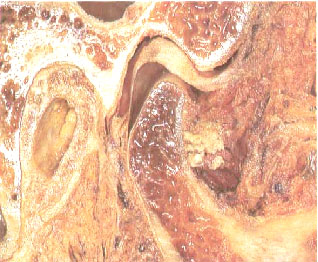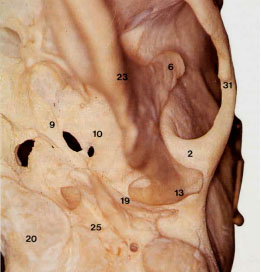
|
TREATMENT OF TEMPOROMANDIBULAR JOINT DISEASES (TMJ)
The temporomandibular joint(TMJ) has been the subject of conciderable intrest and scientific investigation for the past thirty years. It is now realined that many forms of therapy advocated in the past were basicly incorrect and this is evidence that much has been learned about the joint in recent years. As understanding of the function and pathology of the joint progressed, so has the management of its many problems. Today the west majority of temporomandibular joint problems can be corrected with adequate treatment. A treatment plan for temporomandibular pain and disorders should not be determined solely by the disorder but also, and more importantly, by the individuals needs. It may not be necessary, for instance, to eleminate a dick of in all patients. It has been estimated that over 50% of the population experience clicking at some stage during their lives. In many cases this sign may be short lived and will resolve spontaneusly. If the click interferes with the patient’s day to day life, or if it is painful, or if locking is an additional symptom, then active treatment may be indicated. Treatment of any disorder should be carried out in a logical sequence which is in order of importance to the patient. Treatment options include,
the etiology of oral cancer.
__________________________________________________________________
|
||||||||||||||||||||||
© Copyright 2002 Prof.Dr.Orhan GÜVEN






